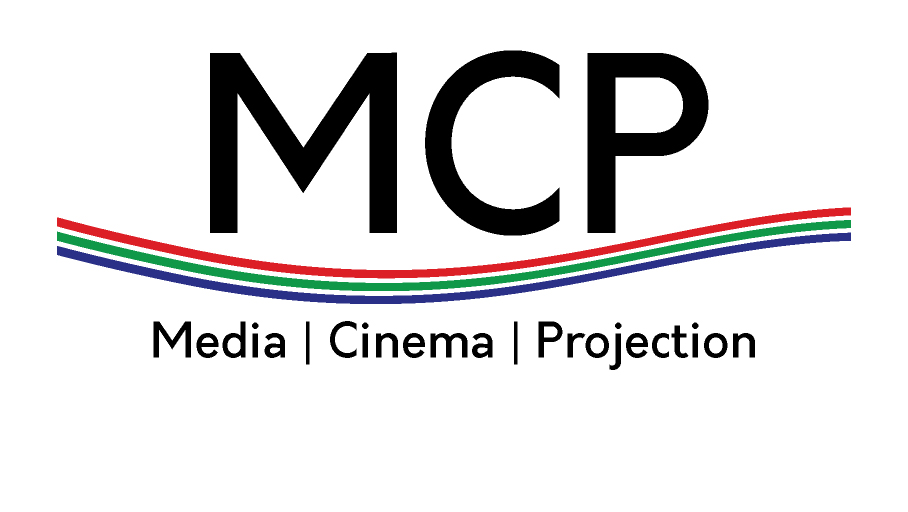Digital Projection Domination Grows, with 90 Percent Penetration of Cinema Screens This Year
El Segundo, Calif. (July 17, 2013)—Just one year-and-a-half after they usurped 35mm film to become the majority cinema projection format, digital screens are poised to reach a global penetration rate of 90 percent by the end of 2013, according to a new Cinema Intelligence Report from information and analytics provider IHS. (NYSE: IHS).
About 14 years ago, the first feature film was projected digitally in a commercial cinema. In January of last year, 35mm was replaced by digital as the leading format in cinemas.
By the end of 2012, 89,341 screens were digital, with a growth rate of 40 percent over 63,825 in 2011. And by the end of this year, about 20,000 digital screens will be added to cinemas worldwide, bringing the total to 109,176 screens, taking the penetration rate of digital screens to 90 percent globally, including more than 5,000 lower-standard-technology e-cinema screens in India, as shown in the attached figure.
“The majority of the world’s screens being converted to digital this year are outside of North America, which is already relatively advanced in this area,” said David Hancock, senior principal analyst for cinema at IHS. “A total of slightly less than 36,000 d-screens are now located in North America, accounting for 40.2 percent of the global total. But with North America slowing its growth, other countries have picked up their transition to digital, with many countries already—or soon to be—fully digital.”
Denmark, Hong Kong, Luxembourg, Norway, the Netherlands, Canada and South Korea have achieved full conversion. Meanwhile, Belgium, Finland, France, Indonesia, Switzerland, Taiwan and the U.K. are all well above 90 percent penetration for digital screens.
Film transfer
Technology is quickly becoming a focus for many cinema operators as it already has for filmmakers.
Most studios are driving the move to include more technology in their filmmaking with most movies now being captured digitally. They also are engaging in experimentation with high frame rates.
However, in-cinema technology is also advancing.
Some of these technological advancements include laser illumination for projection equipment. While this technology is still a year or two off, it is getting closer and it will represent a viable product in cinema once costs come down.
Cinema operators are likewise experimenting with immersive or 3-D sound. In addition, 4-D cinema with motion seating is having some early success.
More ideas and innovations will begin to find traction in the coming years, IHS believes. The old reluctance of cinema operators to engage with technology and the digital process has been replaced with a clear enthusiasm for what new innovations can do to improve the cinema experience and to boost the bottom line.
Now playing: electronic distribution
As part of the second phase of the digital cinema technology rollout, cinema operators now have focused much of their attention on the electronic distribution of movies. In the past two years a plethora of services have cropped up around the world to support electronic distribution—mainly by satellite, but also using fiber.
In Europe, about 25 percent of sites contain equipment to electronically receive digital cinema packages (DCP)—or a finished movie file. The most recent move in this area is the fiber-based digital delivery service announced by Deluxe Digital, which is targeting 8,000 cinemas in Europe, with an aggressive target of 6,000 sites within two years.
Early growth in this arena will come from the U.K. and France, IHS predicts, as both countries are better served by fiber than, say, some of the countries in southern Europe. If pricing for this network is suitable, the initiative could be a game-changer for electronic cinema distribution but satellite is still in the game and networks are growing.



